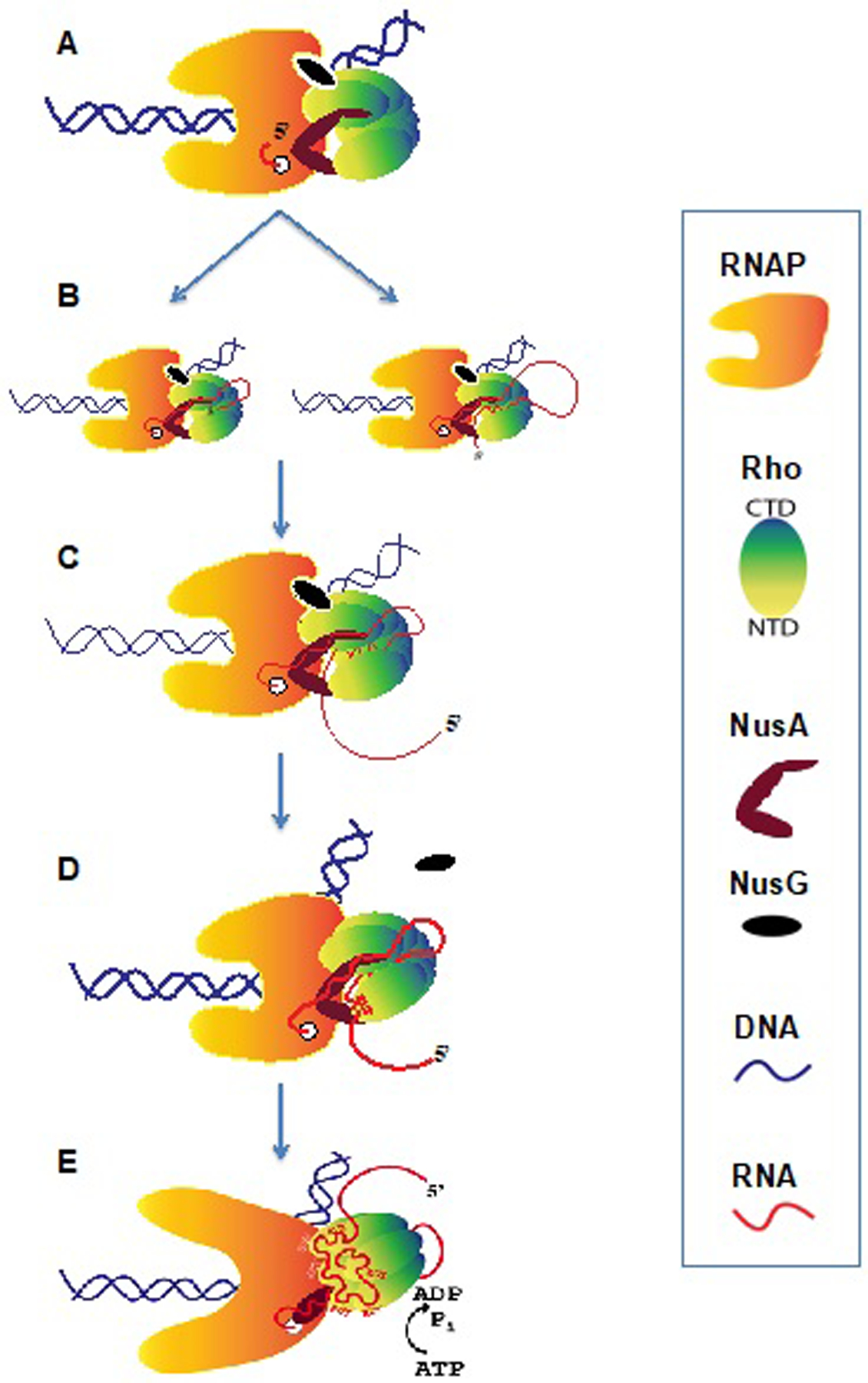Figure 7. The Allosteric Model of Rho-dependent Transcription Termination.

(A) A stable PTC forms at an early stage of transcription elongation with the direct binding of Rho to RNAP, NusA and NusG. These interactions do not require RNA.
(B) Nascent RNA is directed by NusA and loaded into the central channel of Rho from the distal C-terminal face either by lateral loading (via looping) or 5’ terminal entry.
(C) Rho samples the RNA sequence during transcription elongation.
(D) When RUT RNA emerges, the activation of Rho begins. RUT is loaded onto the Rho-NTDs. The PTC undergoes a conformation change causing NusG displacement to accommodate the movement of the upstream DNA that is induced by shifting Rho. The PTC is prone to termination at this stage.
(E) The complete RUT RNA (in cis or in trans) activates Rho, which allosterically inactivates and destabilizes the EC without pulling RNA or pushing RNAP forward(Epshtein et al., 2010). The PTC has transitioned to the termination complex.
